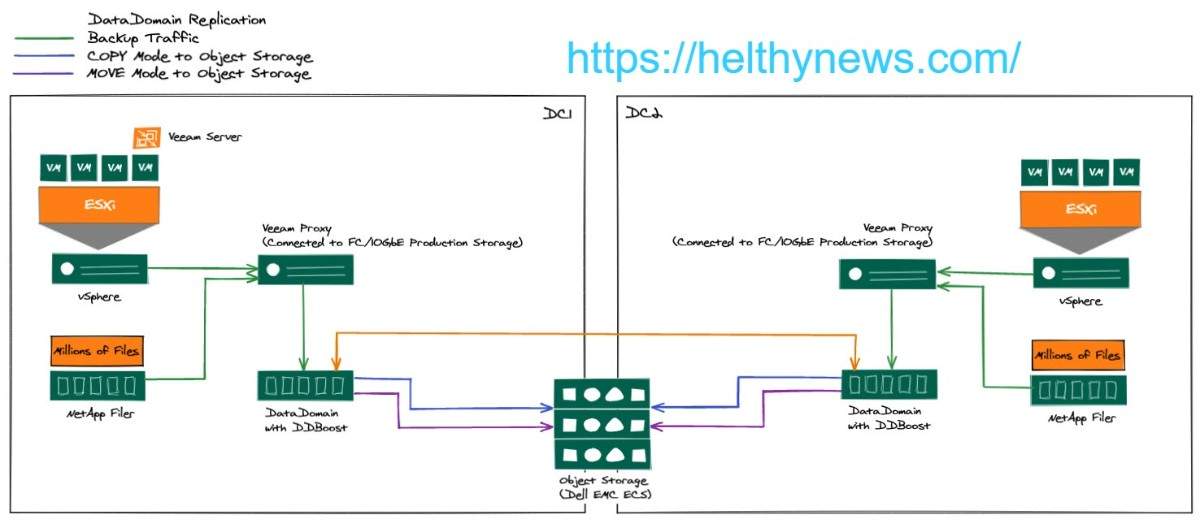In computers and other modern devices, memory is an element that is used to store data and information in a computer. It is one of the most essential elements of a computer or other device because without memory your device is unable to do even simple tasks. The memory used in these devices is of two types: Primary and secondary memory. The primary memory further includes RAM and ROM while the secondary memory consists of a hard drive, CD, etc. In this article, we are focusing on RAM and ROM and you also get to know the answer to one of the most asked questions i.e., the difference between RAM and ROM.
What is RAM?
Random Access Memory, in short RAM, is a kind of primary memory of a computing system. It is used to store data and programs used by the CPU in the current working time. RAM is also known as volatile memory which means your gets loosed when you turn off your device. It only stores your data temporarily. Also, RAM is the prime memory of your device because the CPU of the device may immediately access all memory cells in the RAM. Most modern devices such as PC, and Laptop has high-quality RAM made of semiconductor materials.
What is ROM?
Read Only Memory or ROM is also a kind of primary memory that is non-volatile. Unlike RAM, the data you store in ROM will permanently get stored in it. It is mostly used in internal parts such as firmware instructions to make your printer work or the initial boot-up portion of the software, where programming requires almost null changes. It is also called secondary memory and it cannot be altered by users.
Difference between RAM and ROM
| S.L. N.O. | Random Access Memory (RAM) | Read Only Memory (ROM) |
| 1. | RAM is a type of primary data that is volatile i.e., If your computer switches off, or crashes your data gets lost. | ROM is another type of primary memory that is non-volatile which means it permanently retains your data and does not get altered even if your system crashes. |
| 2. | RAM is an abbreviation for Random Access Memory. | ROM is an abbreviation for Read Only Memory. |
| 3. | Data that is stored can be modified. | Data stored on ROM is permanent so it is not possible to be modified |
| 4. | The data stored on RAM is directly accessible to the CPU. | The data stored in ROM is indirectly accessible to the CPU. It has to copy data from ROM to RAM to access it. |
| 5. | When it comes to physical size, RAM is bigger. | ROM is comparatively smaller than RAM |
| 6. | RAM works faster than ROM | It works comparatively slower than RAM. |
| 7. | It is generally costlier. | It is cheaper than RAM |
Advantages of RAM
RAM is the best and fastest kind of memory. It is faster than other storage devices such as hard drives.
RAM can be expanded and easily upgraded, so you don’t have to worry about memory.
It enhances the speed of the computer hence, making it work smoothly.
Disadvantages of RAM
RAM is volatile, which means you have to save data to a permanent form of storage such as an SSD or hard disk to access it anytime.
RAM is costlier than other forms of storage,
RAM has limited bandwidth, which causes performance problems when dealing with large amounts of data.
Uses of RAM
Random Access Memory or RAM is used in your device to perform many tasks such as
Loading applications and browsing the internet.
Enjoying your favorite game.
Editing a spreadsheet.
Stores information that is of quick use.
Accessing multiple files simultaneously.
Advantages of ROM:
ROM is non-volatile, which makes it store all the data and programs completely even when you turn off the computer.
ROM is not easily modifiable, which makes it safer from malicious attacks, like viruses and malware.
As data can be easily stored in ROM, it is more stable and reliable.
Less costly than RAM.
Disadvantages of ROM
ROM cannot be upgraded and reprogrammed easily which makes it very difficult to modify it.
It is slower and cannot store large amounts of data.
Unlike RAM, ROM is only capable to read data not modifying it.
Uses of ROM
It is utilized to store data permanently
Things such as startup programs and printer software.
Frequently Asked Questions FAQs
1. What is the use of ROM?
Read Only Memory or ROM is a kind of non-volatile memory used to store data permanently. It is used for things such as startup programs and printer software.
2. What are the different types of ROM?
ROM is divided into 4 types: EPROM (Erasable Programmable read-only), PROM (Programmable read-only memory), MROM (Masked read-only memory), and EEPROM (Electricity erasable programmable read-only memory).
3. What is the major difference between RAM and ROM?
Random Access Memory or RAM is highly volatile, which means you will lose your data and programming when you turn off the computer. This makes it more versatile and easily reusable while ROM is non-volatile, which makes it store all the data and program completely even when you turn off the computer.
4. What is the size of the ROM?
ROM chips are only able to store several megabytes of data, which usually varies between 4 MB to 8 MB. On the other hand, RAM chips can store several gigabytes of data, which generally ranges between 1 GB to 256 GB.
5. What are the types of RAM?
Like ROM, RAM is also divided into various types however, all of them serve mostly the same function, The types of RAM include: Static RAM(SRAM), Dynamic RAM(DRAM), and Synchronous Dynamic RAM(SDRAM).
Conclusion
In summary, we have learned the difference between RAM and ROM, their advantages, disadvantages, uses, etc. RAM is a form of primary memory that is used to store data that needs to be used instantly. On the other hand, ROM is used to permanently store the data. RAM and ROM both are primary memory but have different utilities.















Leave a Reply